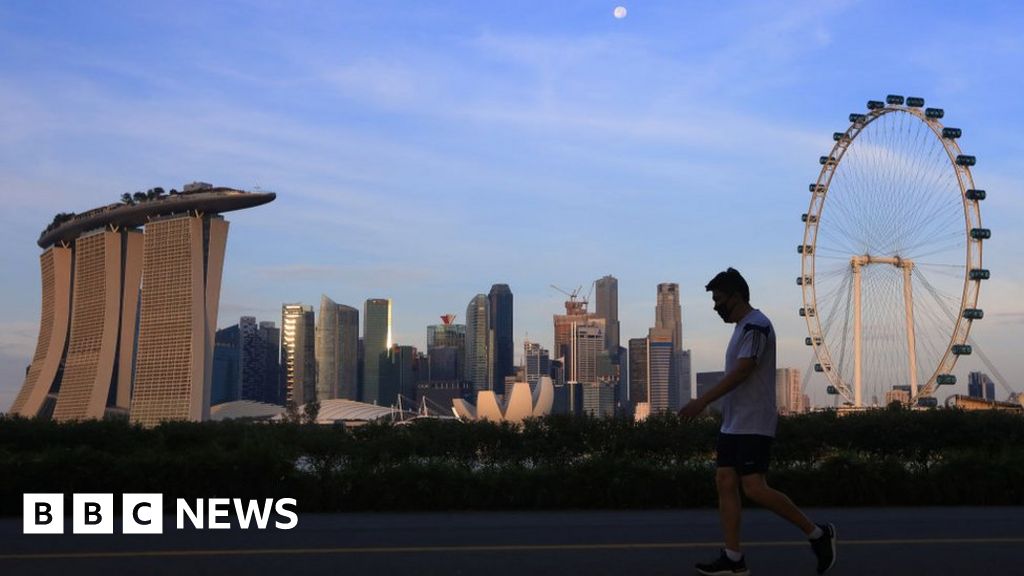SEOUL, South Korea — For most of the year, South Korea has kept its coronavirus numbers so low it was the envy of the world. Now, the country is grappling with the most elusive wave of infections it has seen, just as other nations prepare to roll out vaccinations.
South Korea’s daily number of new cases was once as low as two per day. That number soared to 682 on Thursday, with health officials warning it could reach record highs in coming days. On Wednesday, 686 new cases were reported, the highest daily count since Feb. 29.
“We must exert all we can, considering this our last hurdle to clear in our efforts to curb the coronavirus before vaccines and treatments come online,” President Moon Jae-in said this week. He has instructed his government to mobilize soldiers, police officers and civil servants to help epidemiologists’ contact-tracing efforts.
The country’s struggle to contain the recent surge is a race against time. This week, Mr. Moon’s government announced that it had secured enough doses of coronavirus vaccines from companies such as AstraZeneca and Pfizer to inoculate roughly 86 percent of the population, but the first batch won’t arrive until March.
South Korea has been hit by four waves of infections since its first case was reported in January. But the latest is by far the hardest to control, health officials said.
The first mass outbreak appeared in a church congregation in the southern city of Daegu in February, until it was brought under control through an aggressive testing and isolating campaign. The virus surged again in May, when an outbreak spread from a popular nightclub district in Seoul. Another wave hit in August, originating in a church and an antigovernment rally in Seoul.
These previous waves included mass clusters that health officials were able to target and trace. The current wave spread through numerous small clusters that erupted in nursing homes, hospitals, saunas, bars, restaurants, music halls and factories, most of them in the Seoul metropolitan area, but also in towns farther away.
It has become harder for disease control officials to catch up with the spread of the virus, said Na Seong-woong, a deputy commissioner of the Korea Disease Control and Prevention Agency. Daily cases continue to rise despite tightened social distancing guidelines and other measures. Mr. Na warned that the daily caseload could surpass 900 next week.
“We are facing our biggest ever coronavirus crisis because the current wave is neither temporary nor regional, but steady and nationwide,” he said. “We don’t have one central cluster that we can shut down with a focused testing and isolating campaign, but it’s popping up here and there and everywhere through our daily lives.”
There is also the matter of pandemic fatigue.
Experts believe the current wave is being fueled by younger asymptomatic patients and others who are weary of a prolonged life of social distancing. Health officials said these groups are more likely to eat out and party in small indoor gatherings without masks.
South Koreans may have also let their guard down just as the winter began and many people returned to poorly ventilated indoor spaces in which the virus can spread more easily.
“News about the completion of vaccines development and expectations for their high efficacy rates have also created an illusion among the people that the pandemic would be over soon,” said Dr. Jung Jae-hun, a professor of preventive medicine at Gachon University near Seoul.
Mr. Moon’s government has been determined to fight the virus while keeping the economy running as much as possible. Its two-pronged strategy has worked. South Korea has so far avoided overwhelming outbreaks of the kind seen in other countries, and has done so without closing its borders or locking down cities.
That strategy involved tightening social distancing rules when the virus surged and relaxing them once case numbers fell back down. But in its eagerness to limit the pandemic’s impact on the economy, Mr. Moon’s government has been accused of relaxing restrictions too soon and tightening them too late.
The government is now racing to locate and isolate young or middle-aged asymptomatic patients by extending the operating hours of testing centers into the night and on weekends, and opening mobile testing booths near train stations and college campuses.
It is also introducing saliva and antigen tests, which are less accurate than P.C.R. tests but provide faster results and are easier to deploy, making them useful when dealing with large groups and in places where people need to be tested urgently, such as prisons or nursing homes, officials said.
“We will let anyone test for the virus anonymously so that they don’t have to fear stigmatization,” said Jung Eun-kyeong, the country’s top disease control administrator. “All we ask for is their mobile phone number and they don’t need to tell us about symptoms or epidemiological links to other patients.”
Whether South Korea can tame the current wave will affect its vaccination program. The country plans to stockpile vaccines but delay administering them until other nations hit with more serious outbreaks have safely and successfully inoculated a large number of citizens.
This wait-and-see approach is a luxury South Korea can afford because of its relatively small number of cases. But that could change if the current wave spirals out of control.
“Our strategy is to be quick in acquiring vaccines, but more cautious in administering them,” said Health Minister Park Neung-hoo. “But if the situation changes and many people ask for it, we can start vaccination sooner.”










You must log in to post a comment.